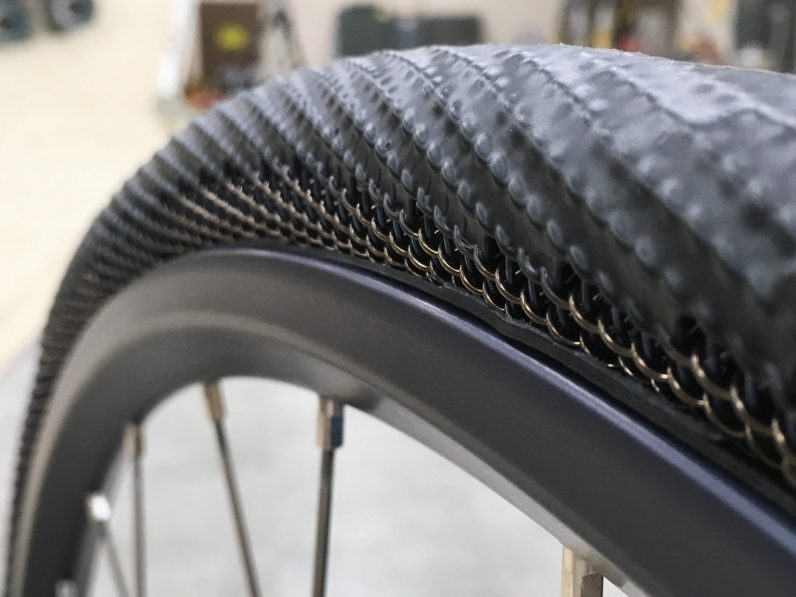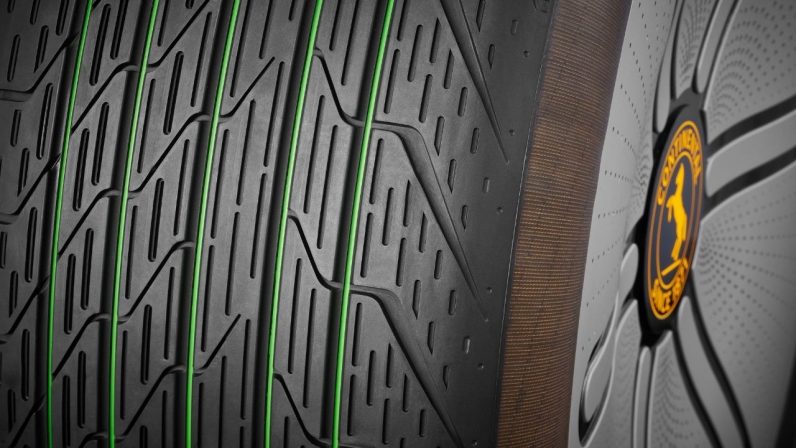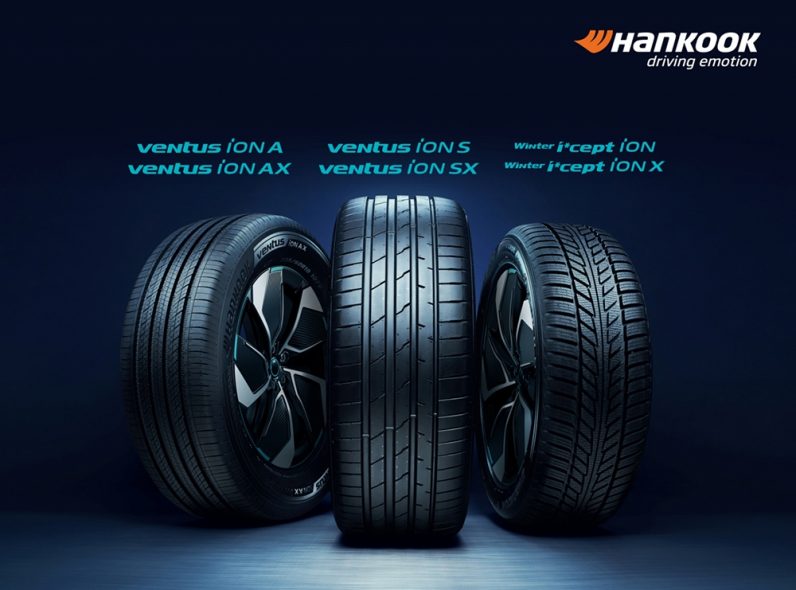Technology, materials science, and engineering are creating longer-lasting, more resilient, more sustainable tires. Let’s take a look at some of the latest trends:
Airless
The SMART Tire Company is working to create “super elastic” airless tires in partnership with NASA. SMART stands for Shape Memory Alloy Radial Technology. And the tires are something special. They’re made of NiTinol+ (nickel-titanium), a shape memory alloy that’s elastic like rubber, yet strong like titanium. NASA originally patented the idea in response to the challenge of developing tires for Mars, where there are no roads, temperatures can reach -100C, and tire performance is mission-critical. While the NiTinol shape memory alloys are extremely resilient, the company is also focusing on material recycling and mechanical repair, by reshaping and heat-treating localized damage or replacing individual elements. NASA Glenn Laboratory has been developing the technology for 7+ years, and the organization is at an advanced prototype phase. Their first product will be a bicycle tire launching in Q4 of 2022.
Sensors
Tire pressure monitoring systems (TPMS) are mandated by law since 2008 in the US and 2012 in Europe. Sensors placed on the tire’s rim send data to the vehicle’s dashboard, monitoring the amount of tire inflation. But sensors are being used in a range of predictive maintenance scenarios to prevent accidents caused by worn tires. Tyrata is a tire sensor and data management company that uses sensors to monitor, track, and predict tire tread life. An example is the DOS, Drive-Over System, a speed bump-like unit that measures tire tread wear when a vehicle drives over it . The sensor data goes to a cloud-based data analytics platform to deliver real-time analytics about the tires’ health. The system fully automates tread-depth measurements and analytics needed for efficient tire management and safe vehicle operation.
Dandelions and soybean oil
Last year Continental announced that it’s working on a tire made from renewable, recycled, and traceable materials. Enter the Conti GreenConcept. Each tire consists of 35% renewable bio-materials. These include natural rubber from dandelions, silicate from rice husks ash, and vegetable oils and resins. This reduces the need for crude oil, traditionally found in tires. It’s also composed of 17% recycled materials, namely reclaimed steel, recovered carbon black, and polyester yarn. They’re not the only company switching to greener materials. Goodyear has replaced petroleum-based components with soybean oil in some tread compounds. Bridgestone has its sights set on guayule, an evergreen shrub with a similar material makeup to the conventionally used para rubber trees.
Tires for EVs
Electric vehicles have specific challenges when it comes to tire health. The cars weigh more and bear the brunt of instant torque and acceleration. Combined, these lead to an increase in wear and tear. Worn tires increase a tire’s rolling resistance and reduce efficiency. Last year, Michelin and Goodyear released their first tires designed exclusively for electric vehicles. Tire maker Pirelli recently added its own EV-specific tire to the mix. Last week tire company Hankook Tire announced plans to launch iON, its first family of tires specially designed for EVs. The new iON tire development characteristics include further reduced rolling resistance, notably lower rolling-noise characteristics and high resilience. This means more range per battery charge and an overall more enjoyable driving experience. Tire makers are investing heavily in R&D, and we can expect to see continually improving commitments to materials innovation, data-driven insights, and circular design.



